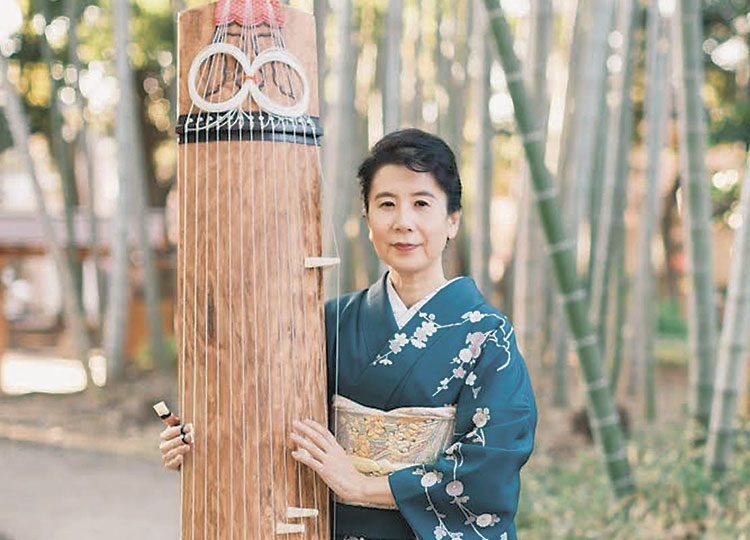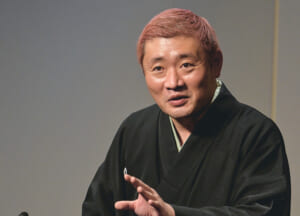A life crafted from English and the strains of koto
生田流正派邦楽会・ 大師範の中川雅玲さん

日本で古くから演奏されてきた伝統和楽器「お箏(こと)」の生田流正派邦楽会・大師範である中川雅玲さん。お箏が創り出す日本の美学が詰まった音色の魅力を多くの人に広めるべく、世界各国で演奏を行なうだけではなく、外国人向けのお箏教室を英語で開催している。
Garei Nakagawa is one of those rare people who have turned their passions into a successful profession. She is a bilingual koto shihan (teacher) who can coach the traditional zither in two languages, and she also ha
既に定期購読会員の方
ログイン方法がわからない方はこちら
A life crafted from English and the strains of koto
生田流正派邦楽会・ 大師範の中川雅玲さん



プレイリスト
記事を選んでリスニング
6月28日の他記事
-
Birzai (Lithuania)
リトアニア・ビルジャイ

COURTESY OF GAREI NAKAGAWA
TravelJune 28, 2024 -
What is true wealth?
真の豊かさとは?

COURTESY OF GAREI NAKAGAWA
EssayJune 28, 2024 -
Okinawa governor’s camp fails to secure majority in assembly poll
沖縄県議選挙、玉城デニー知事派が過半数割れ

COURTESY OF GAREI NAKAGAWA
National NewsJune 28, 2024 -
Denmark agency recalls spicy South Korean instant noodles over health concerns
韓国の激辛即席麺 デンマーク当局が回収を指示

COURTESY OF GAREI NAKAGAWA
Easy ReadingJune 28, 2024
-
Taking ‘touristship’ out on the high seas
一般社団法人ツーリストシップ代表理事、田中千恵子さん

COURTESY OF CHIEKO TANAKA
InterviewApril 18, 2025 -
Shogun actor taking nothing for granted
『SHOGUN 将軍』出演の俳優、平川貴彬さん

PHOTOGRAPHY BY KEN HIRAMA
InterviewApril 11, 2025 -
Fasten your seat belts, it’s time to fly high
在バンクーバー客室乗務員のRyucrewさん

COURTESY OF RYUCREW
InterviewApril 4, 2025 -
Getting laughs in English and Japanese
英語と日本語を自在に操る落語家・立川志の春さん

PHOTOGRAPHY BY SHINNOSUKE FUTAGAMI
InterviewMarch 28, 2025







